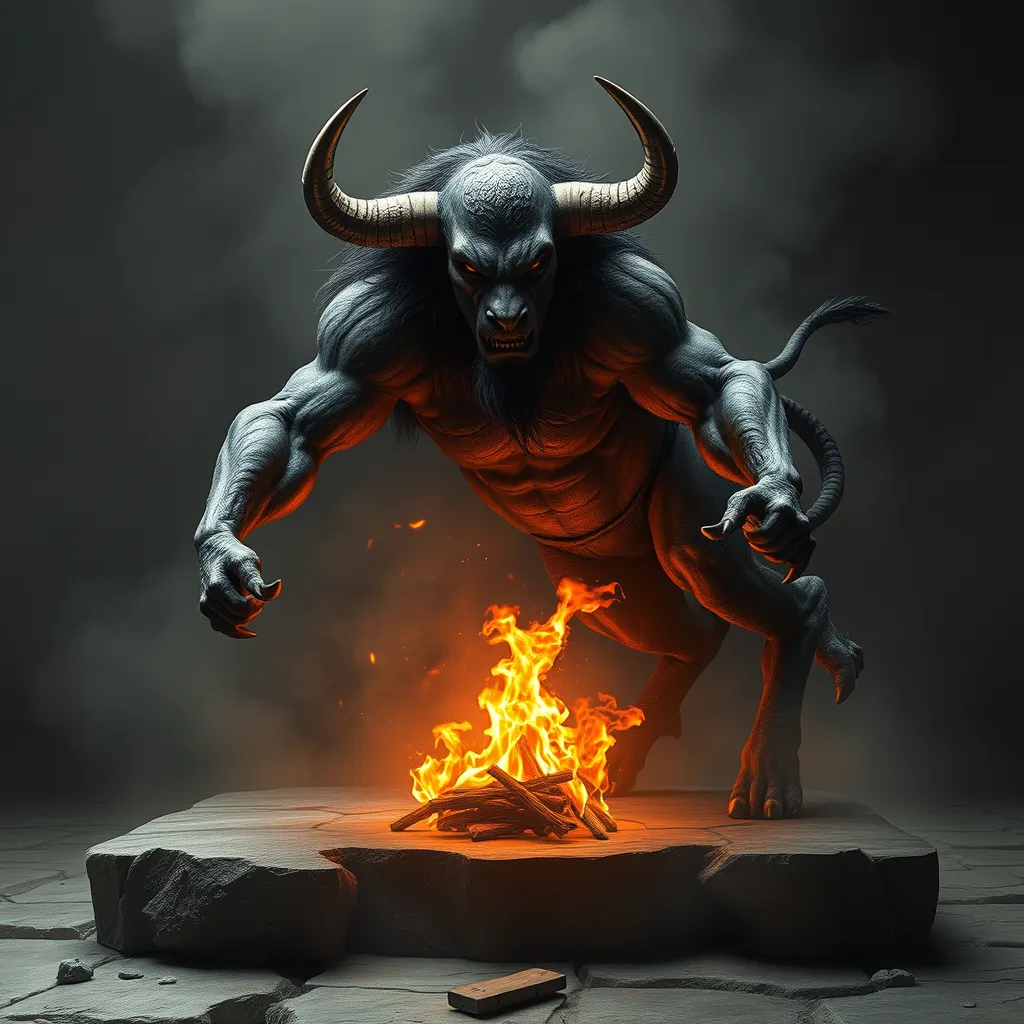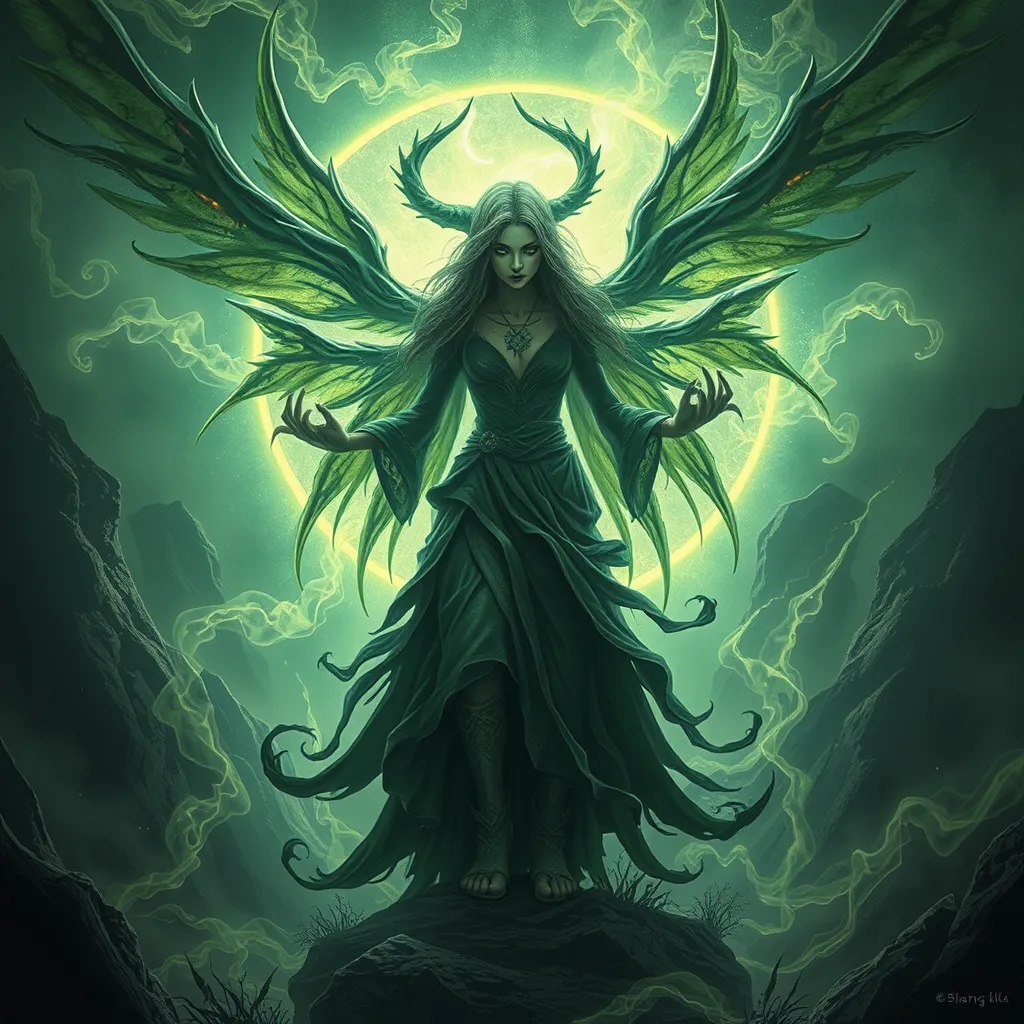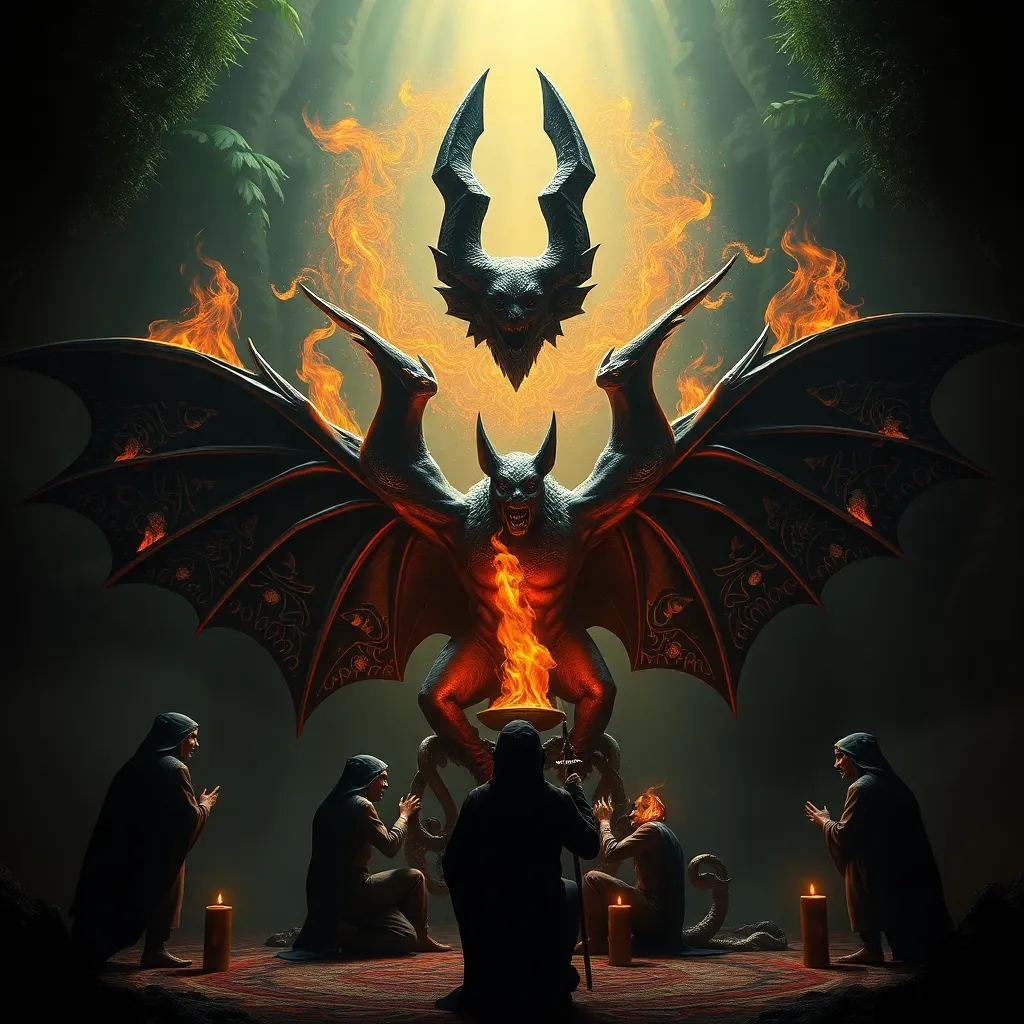The Minotaur’s Moral Dilemma: Examining the Monster’s Role as a Victim of Fate
I. Introduction
The myth of the Minotaur, a creature with the body of a man and the head of a bull, is a tale steeped in tragedy and moral complexity. Originating from ancient Crete, the story intertwines themes of fate, punishment, and sacrifice. Central to the myth is the notion of moral dilemmas that arise from the interplay between human actions and divine will. This article explores the Minotaur not merely as a monster but as a tragic figure shaped by fate, revealing the deeper implications of his existence in the context of mythology.
II. The Origins of the Minotaur: A Curse of Fate
The origins of the Minotaur are rooted in the narrative of King Minos, who was favored by the gods but ultimately faced a divine retribution that led to the birth of the creature. King Minos had prayed for a sign of his kingship and was granted a magnificent white bull by Poseidon. However, driven by pride, he failed to sacrifice the bull as promised, leading to the god’s wrath.
As a result of this punishment, Pasiphaë, Minos’s wife, was cursed to fall in love with the bull, resulting in the unnatural birth of the Minotaur. This sequence of events highlights the interplay of human choice and divine intervention, as Minos’s actions set forth a tragic chain reaction that would doom his lineage.
III. The Labyrinth: A Prison for the Minotaur
The Labyrinth, designed by Daedalus, served as both a prison for the Minotaur and a symbol of his inner turmoil. Its complex structure reflects the confusion and entrapment experienced by the creature, who is both a product of human folly and a victim of fate. The Minotaur’s isolation within the Labyrinth evokes a sense of alienation, as he is confined away from the world that shuns him.
This maze-like structure also serves as a metaphor for the Minotaur’s internal conflict. Trapped in an existence defined by violence and misunderstanding, the Minotaur becomes a representation of the struggle between his monstrous nature and his desire for acceptance.
IV. The Nature of the Minotaur: Monster or Victim?
The Minotaur is often characterized as a creature of brutality and chaos, embodying the darker aspects of human nature. However, an analysis of his actions and motivations reveals a more complex figure. The question arises: is the Minotaur inherently violent, or is he shaped by his circumstances?
- Inherent Nature: The Minotaur’s lineage suggests a predestined path towards violence.
- Learned Behavior: His confinement and the fear he instills in others contribute to his monstrous reputation.
This distinction between nature and nurture is crucial in understanding the Minotaur as a victim of fate rather than a mere monster. His tragic narrative encourages a deeper reflection on the factors that shape individuals, including societal expectations and familial legacies.
V. The Role of Athenian Sacrifices: A Cycle of Violence
The sacrificial system in Crete, where Athenian youths were sent to the Labyrinth as tributes, perpetuates a cycle of violence that further complicates the Minotaur’s existence. These sacrifices serve as a grim reflection of societal fears, where the Minotaur becomes a scapegoat for the anxieties of the Cretan people.
This ritual not only illustrates the Minotaur’s role as a victim but also highlights the moral implications of sacrificing the innocent. The Minotaur, as a product of cruel fate and human actions, embodies the consequences of a society that resorts to violence as a means of control.
VI. Theseus and the Confrontation: A Clash of Fates
The arrival of Theseus marks a pivotal moment in the Minotaur’s story. Theseus, driven by heroic motives, enters the Labyrinth to confront the creature, setting the stage for a clash of fates. The Minotaur serves as a foil to Theseus’ character, representing the chaos and violence that the hero seeks to overcome.
This confrontation raises profound moral questions: Is Theseus a hero for slaying the beast, or does he participate in a cycle of violence that condemns both him and the Minotaur? Their encounter is not merely a battle of physical strength but also a struggle of existential significance.
VII. Reinterpretations of the Minotaur in Modern Culture
Throughout history, the Minotaur has been reinterpreted in various forms of literature, art, and film, reflecting contemporary societal values and concerns. Modern narratives often reshape the Minotaur’s story, focusing on themes of identity, alienation, and the nature of monstrosity.
- Literature: The Minotaur appears in works that explore the psychological aspects of monstrosity.
- Art: Artists depict the Minotaur as a symbol of human struggle and existential despair.
- Film: Modern adaptations often emphasize the creature’s tragic nature, challenging conventional notions of heroism and villainy.
This enduring relevance of the Minotaur’s moral dilemma invites audiences to reflect on the complexities of human nature and the societal forces that shape our perceptions of monstrosity.
VIII. Conclusion
In summary, the Minotaur’s story serves as a profound exploration of fate, victimhood, and the moral dilemmas inherent in the human experience. From his origins as a cursed being to his tragic existence in the Labyrinth, the Minotaur embodies the consequences of human choices and divine retribution.
As a symbol of societal fears and the complexities of identity, the Minotaur challenges us to reconsider our understanding of monsters in mythology. Ultimately, his legacy prompts a reflection on the nature of humanity itself, reminding us that even the most monstrous figures can evoke empathy and understanding.



